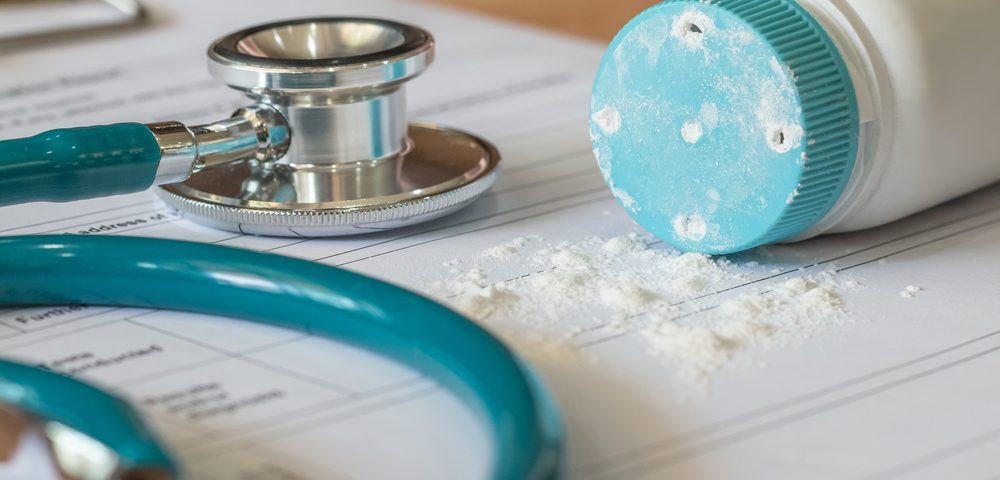A review of studies including workers of the talc industry and patients exposed to cosmetic talc showed that none of those studied developed mesothelioma, disproving reports that asbestos was present in some cosmetic talc products in the past.
The report, “Cosmetic talc as a risk factor for pleural mesothelioma: a weight of evidence evaluation of the epidemiology,” was published online in the journal Inhalation Toxicology.
Since pleural mesothelioma is caused by asbestos exposure, and there have been reports that asbestos might be present in cosmetic talc products, the researchers set out to settle doubts about the safety of exposure to talc products either because of occupation (talc miners and millers) or because of talc pleurodesis treatments.
People with pleural effusion, which is the accumulation of excess fluid in the pleural cavity, are sometimes treated with talc pleurodesis. Pleurodesis is a procedure that fuses the membranes around the lungs and prevents the buildup of fluid in the space between the membranes.
The review pooled the data from studies of patients who received pleurodesis treatments before 1965, and found more than 300 patients who were followed up for between 14 and 40 years. No cases of mesothelioma or death caused by mesothelioma were reported in these studies.
The review also looked at the incidence of mesothelioma in talc miners and millers in Europe. Among nearly 4,000 workers, and 99,022 person-years of follow-up, no cases of mesothelioma were reported in workers exposed to talc in Italy, Norway, France, and Austria. The three different studies of talc miners and millers showed that although four deaths from mesothelioma would have been expected based on a calculation of the total time all the subjects of the studies were observed, none occurred.
“These workers were chronically exposed to high doses of cosmetic talc, and when compared with the general population experienced significantly increased levels of non-malignant respiratory diseases,” the researchers noted.
“We conducted a pooled analysis of data from the available cohort studies that included more than 99,000 person years of evaluation and demonstrated that statistical power is increased to good or excellent levels by combining data from the available cohorts. Similarly, the pleurodesis patient groups were followed for 14-40 years and not a single case of mesothelioma was observed. Talc pleurodesis treatments are considered safe and effective and are still recommended today for the treatment of pneumothorax,” the authors stated.
“We conclude that there is no epidemiological evidence to support the hypothesis that exposure to cosmetic talc is associated with the development of pleural mesothelioma,” they added.



One comment